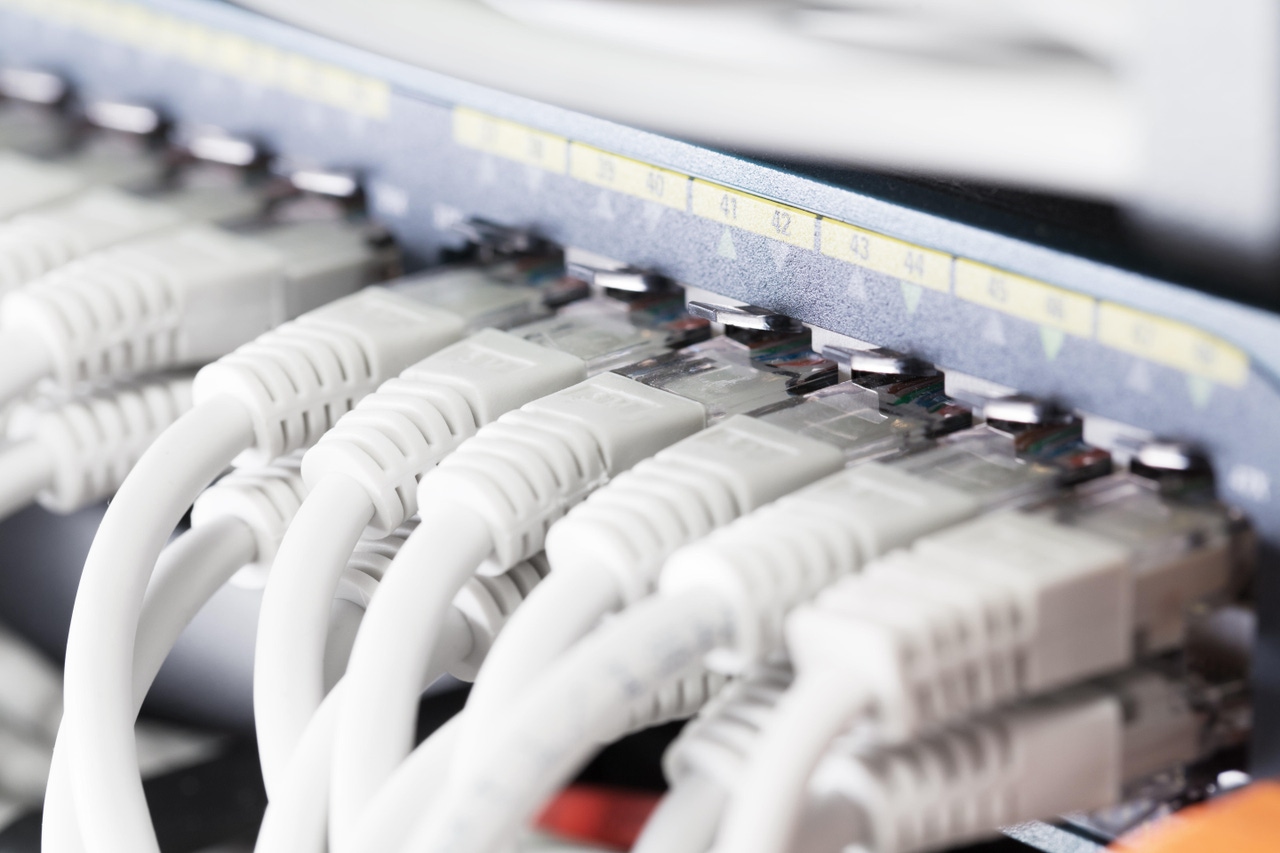The Impact of AI on The Ethernet Switch MarketThe Impact of AI on The Ethernet Switch Market
Enterprises investing in new infrastructure to support AI will have to choose which technology is best for their particular needs. InfiniBand and Ethernet will likely continue to coexist for the foreseeable future. However, it’s highly likely that Ethernet will remain dominant in most network environments.
September 16, 2024

According to an IDC report, the worldwide Ethernet switch market in 2023 was “dynamic” and driven primarily by a strong increase in demand for “ever-faster Ethernet switch speeds to support rapidly maturing AI workloads” in data centers.
But there is also an uptick in demand for non-data center environments, specifically among Ethernet switch vendors that are embedding AI capabilities to improve operations. “Connectivity in general, and Ethernet switching in particular, are playing an increasingly critical role in supporting the era of AI everywhere," said Vijay Bhagavath, research vice president of Cloud and Datacenter Networks at IDC.
Introduction to AI and Ethernet Switching
Ethernet switches direct data traffic within local area networks (LANs). Embedded AI-driven capabilities enable the switches to analyze and respond to network traffic in real time, predict maintenance needs, and improve security with threat detection. These modified Ethernet switches are more adept and efficient at managing and optimizing complex and data-heavy networks.
What Is an Ethernet Switch?
An Ethernet switch is a networking device that connects multiple devices within a local area network (LAN) to efficiently direct data between the appropriate devices. They are widely used in networks of all types, ranging from residential to massive data centers.
The Current State of the Ethernet Switch Market
The Ethernet switch market is currently booming due mostly to increasing demand for high-speed connectivity, particularly in data centers where 200/400 GbE switch revenue surged by 68.9%, according to an IDC report.
AI is also driving demand in the Ethernet switch market by enabling automation, optimization, and enhanced security in network management to handle growing complexities from technologies like IoT and edge computing.

(Credit: Zoonar GmbH / Alamy Stock Photo)
AI Workload Challenges and Considerations
AI is being used by companies of all sizes and even in enterprises that previously were not compute-centric before. In many cases, the enterprises have no or insufficient infrastructure in place to handle AI workloads.
How AI Workloads Are Straining Traditional Ethernet Infrastructure
AI workloads, especially those involving machine learning and deep learning, require exceptionally high bandwidth, low latency, and rapid data transfer between computing nodes, which significantly strain traditional Ethernet infrastructure. These types of workloads generate intense network traffic from massive dataset processing and constant communication among distributed processors or GPUs.
Primary considerations in supporting AI include the need for high bandwidth, low-latency switches, advanced network management solutions, and often a transition to higher-speed Ethernet standards like 100GbE or 400GbE to meet these performance requirements.
Enterprises Have Two Choices: Do Something About Their Ethernet Infrastructure or Move to an Alternative.
Traditional Ethernet networks typically can’t handle the soaring capacity demands present in AI workloads. This results in bottlenecks, increased latency, and diminished network performance, all of which seriously impede AI applications and workloads.
To solve the issues, enterprises must either upgrade their Ethernet infrastructure or move to an alternative such as InfiniBand.
Sticking With Ethernet
Ethernet is a widely adopted and standardized technology that offers several distinct advantages, including cost, familiarity, and scalability. Ongoing efforts by industry groups, such as the Ultra Ethernet Consortium, ensure it remains useful, flexible, and future-proof. For these reasons, most industries prefer to continue with Ethernet rather than switch to an alternative.
Drivers in Moving to Higher Speed/Higher Performance Ethernet Switches
Soaring demand for bandwidth-intensive applications and data-hungry technologies like AI, cloud computing, and IoT devices are driving a massive movement toward higher speed/higher performance Ethernet switches.
Also, the push for low-latency, real-time processing in AI workloads and edge computing, as well as drivers like energy efficiency, cost savings, and network future-proofing, further accelerates this shift.
Industry Efforts to Tweak the Ethernet Protocol for AI Workloads
Groups like the Ultra Ethernet Consortium (UEC) work to develop extensions to traditional Ethernet, with a focus on optimizing it for AI and high-performance computing (HPC) environments. Other groups are also working to tweak and improve the Ethernet protocol, such as the Ethernet Alliance, IEEE 802.3, Open Compute Project (OCP), and the Telecommunications Industry Association (TIA). Check with these groups to keep abreast of innovations and developing standards.
Alternatives to Ethernet
Generally speaking, alternatives to Ethernet are high-performance networking technologies designed for specific use cases such as low-latency, high-bandwidth applications in AI, high-performance computing (HPC), and storage networks. Examples include InfiniBand, Fibre Channel, Omni-Path (OPA), NVLink, and proprietary interconnect technologies.
Introduction to InfiniBand
According to the InfiniBand Trade Association, InfiniBand is “an industry standard, channel-based, switched fabric interconnect architecture for server and storage connectivity.”
InfiniBand’s Performance Benefits Over Ethernet
InfiniBand’s advantages over Ethernet are primarily found in high-performance computing (HPC) and AI environments. Specifically, InfiniBand has the following advantages over Ethernet: lower latency, higher bandwidth, scalability, more efficient congestion control, and in-network computing (meaning computing done directly on the network).
Traditional Ethernet struggles in all of these areas, but recent advances in Ethernet switches and infrastructure are closing the gap.

(Credit: Alexey Stiop / Alamy Stock Photo)
What the Future Holds
Enterprises investing in new infrastructure to support AI will have to choose which technology is best for their particular needs. InfiniBand and Ethernet will likely continue to coexist for the foreseeable future. It’s highly likely that Ethernet will remain dominant in most network environments while InfiniBand will retain its foothold in high-performance computing and specialized AI workloads.
InfiniBand vs. Ethernet Going Forward
While InfiniBand has several very strong advantages, advances in Ethernet are quickly closing the gap, making its ubiquity likely to continue. There are multiple other reasons that enterprises are likely to stick with Ethernet, too, such as lower cost, existing in-house talent, prolific integrations with existing infrastructures, and compatibility with legacy applications, among others.
Industry Groups Are Likely to Extend Ethernet’s Life
The Ultra Ethernet Consortium is proactively working to extend Ethernet's life to ensure it remains useful and cost-effective for both current and future technologies. The aim is primarily to reduce the need for drastic shifts to alternative solutions that may constitute heavy lifts and costs in adapting existing networks. Given the strong impetus and motivations behind keeping Ethernet as the dominant technology, Ethernet isn’t likely to diminish in adoption and use rates any time soon.
Read more about:
Infrastructure for AIAbout the Author
You May Also Like




